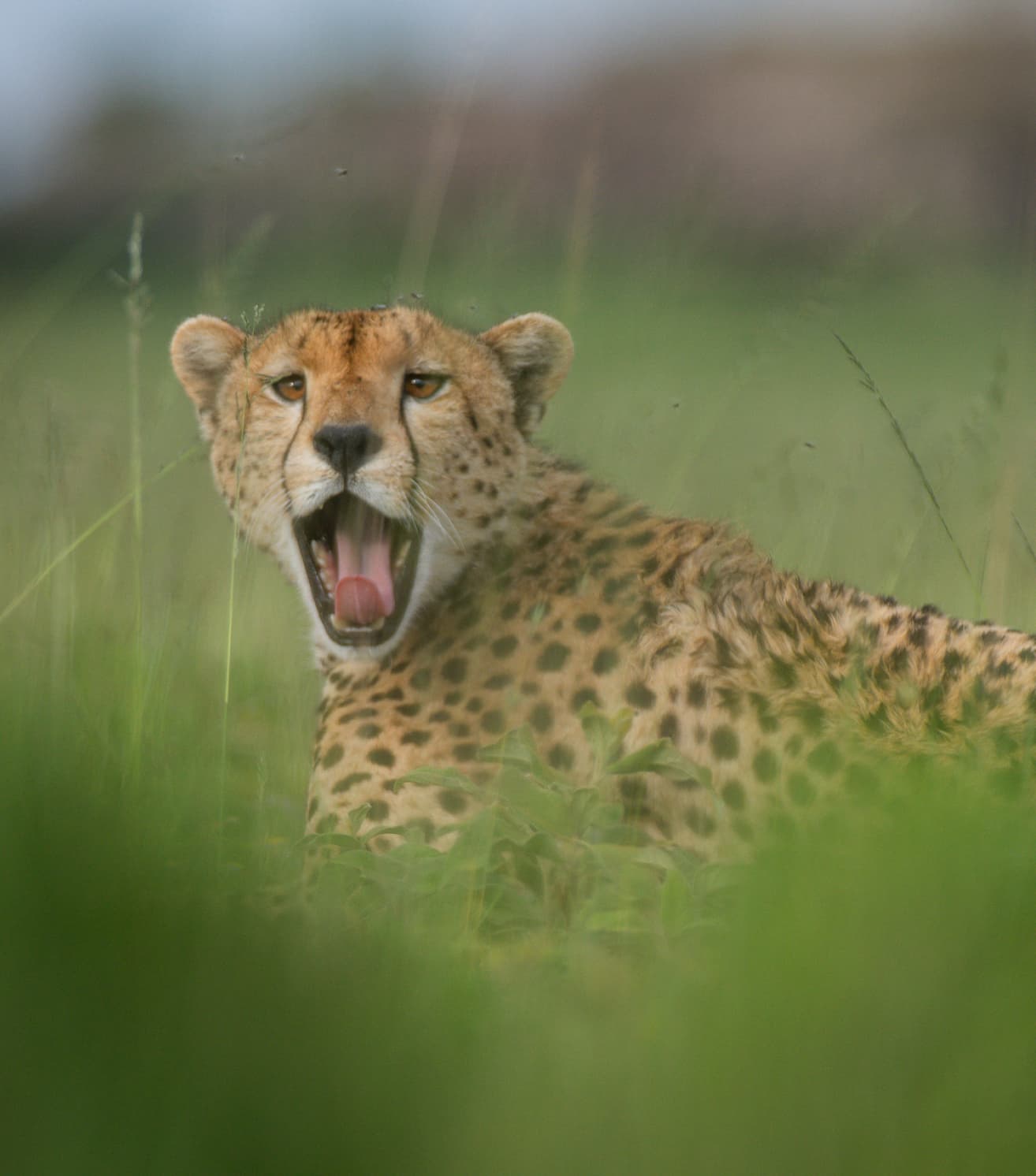
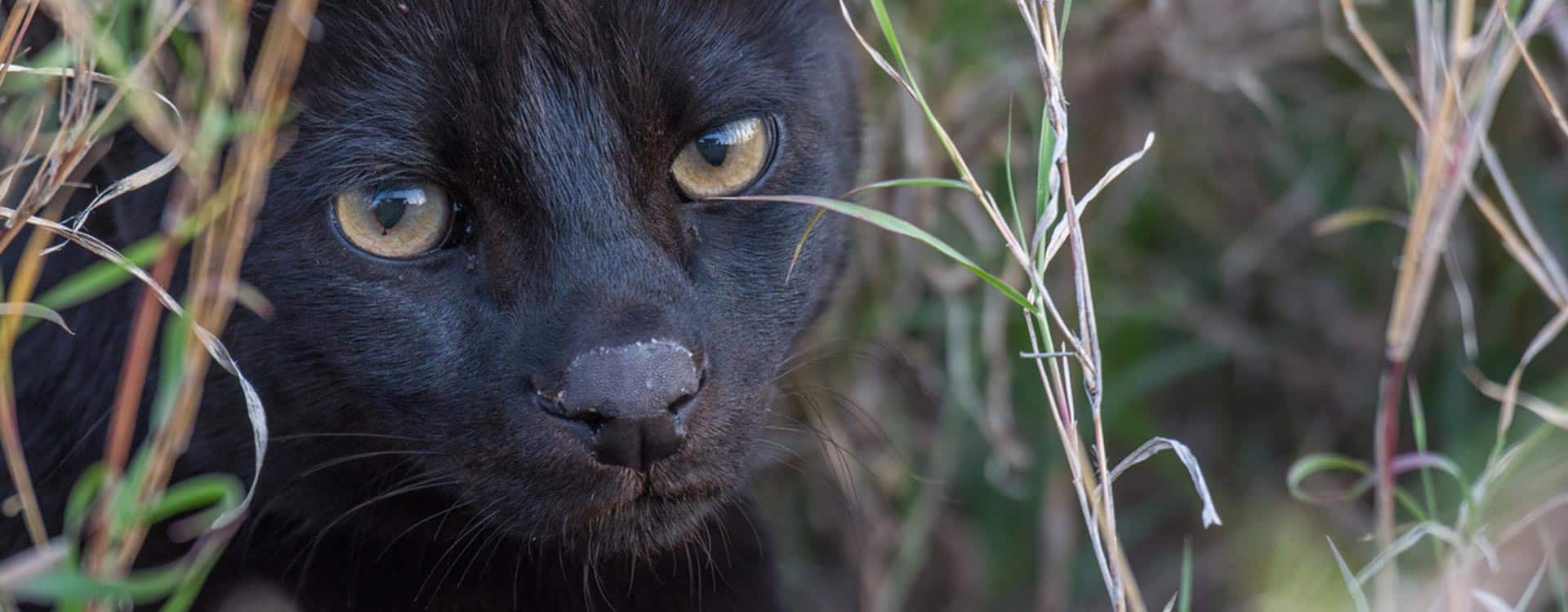
MELANISM, ALBINISM AND WHAT LIES IN BETWEEN
Have you ever seen an entirely black or white animal? Typically, they animals are more colourful, so what you saw was actually a genetic oddity.
Albinism results in whitish fur or feathers, sometimes with a pink undertone. The gene responsible for albinism is recessive, so it manifests only if both parents transfer it to their offspring. Always look for the eye colour – an albino animal will have eyes with reddish pupils because the blood vessels are clearly visible through the tissues. This Albino baboon was photographed close to Olkeri Camp in Tarangire National Park.
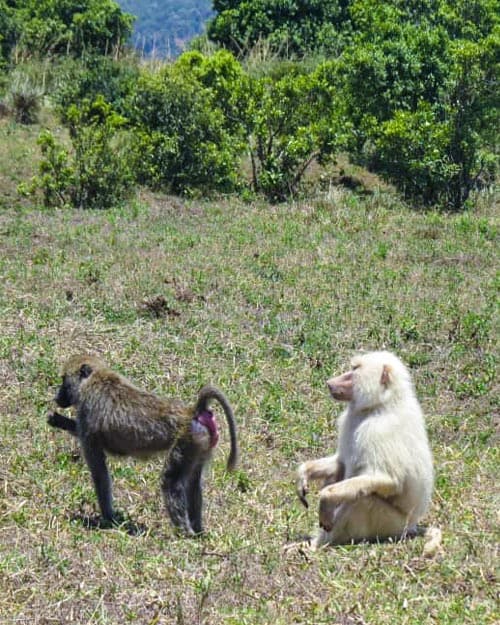
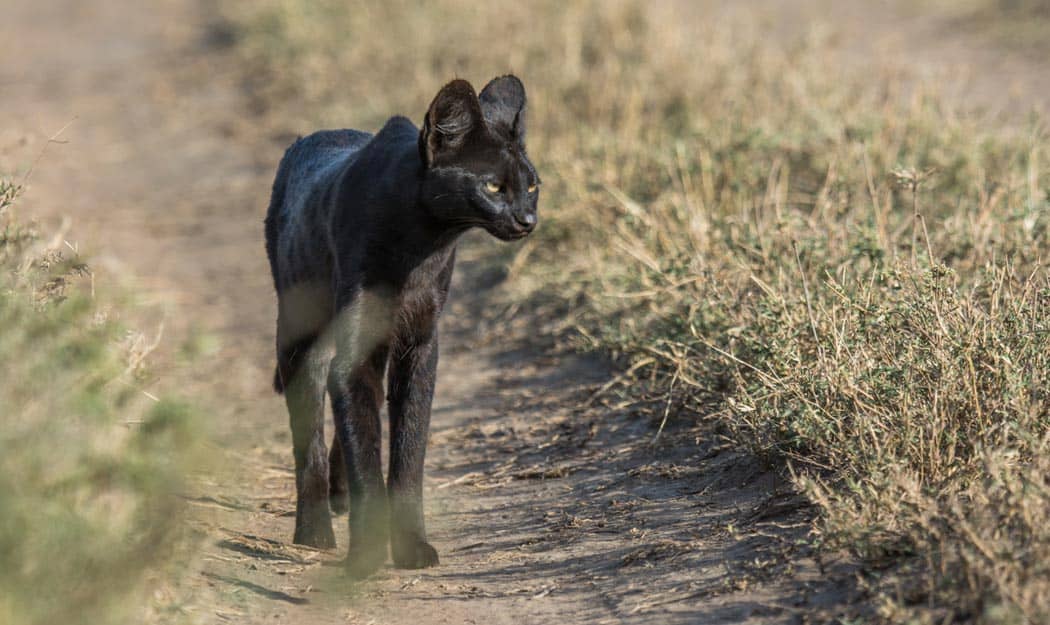
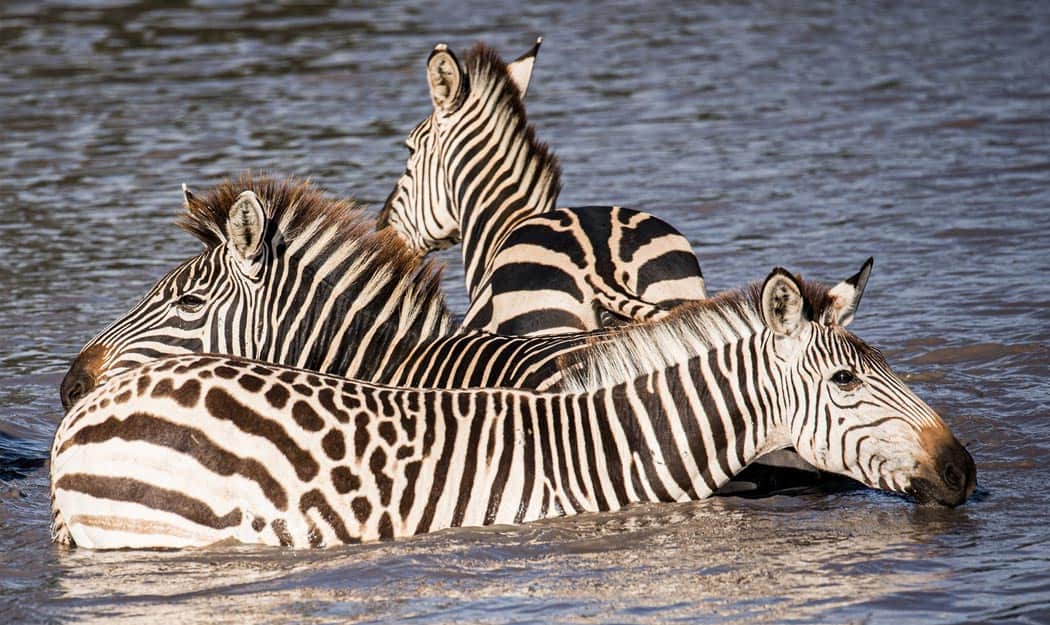
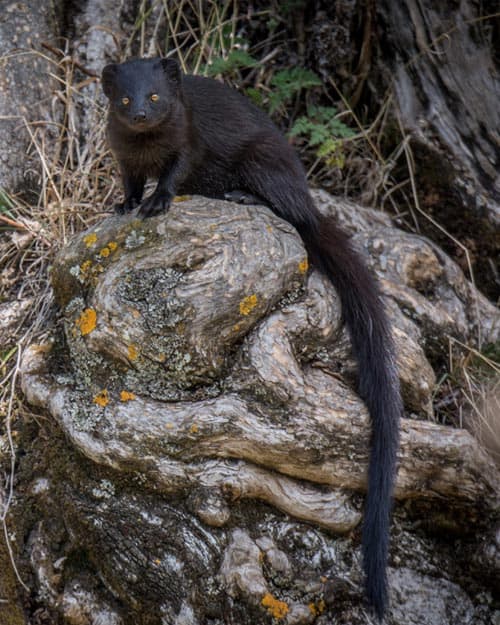
Leucism is another genetic condition in which an animal has a partial or total loss of pigmentation. But unlike albino animals, they have normal-coloured eyes. Partial pigmentation loss can sometimes manifest in altered patterns, such as this Spotted Grant’s Zebra, photographed close to Esirai Camp in the Northern Serengeti.
Melanism is another hereditary genetic condition that results in a dark pigmentation in an animal. The black panther was once thought to be a separate species but it is simply a melanistic leopard, Panthera pardus. This Melanistic Serval lives near Olmara Camp in the Serengeti and is affectionately called Manja. We were lucky to see a few melanistic offspring that Manja has sired, some with normal spotted females who carried a recessive melanistic gene.
Facebook
Instagram
Twitter
Youtube




All about Rüppell and the Vulture named after him
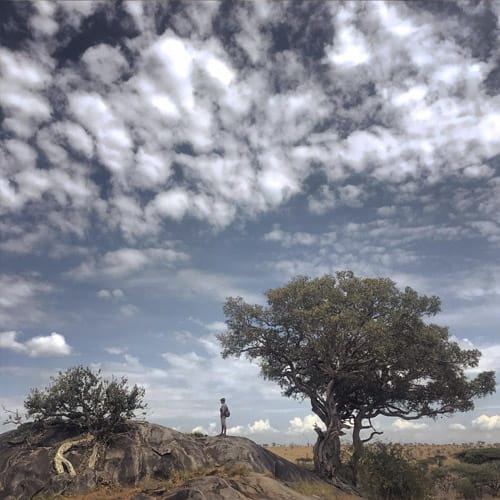
No frills on foot adventure with Ethan Kinsey


